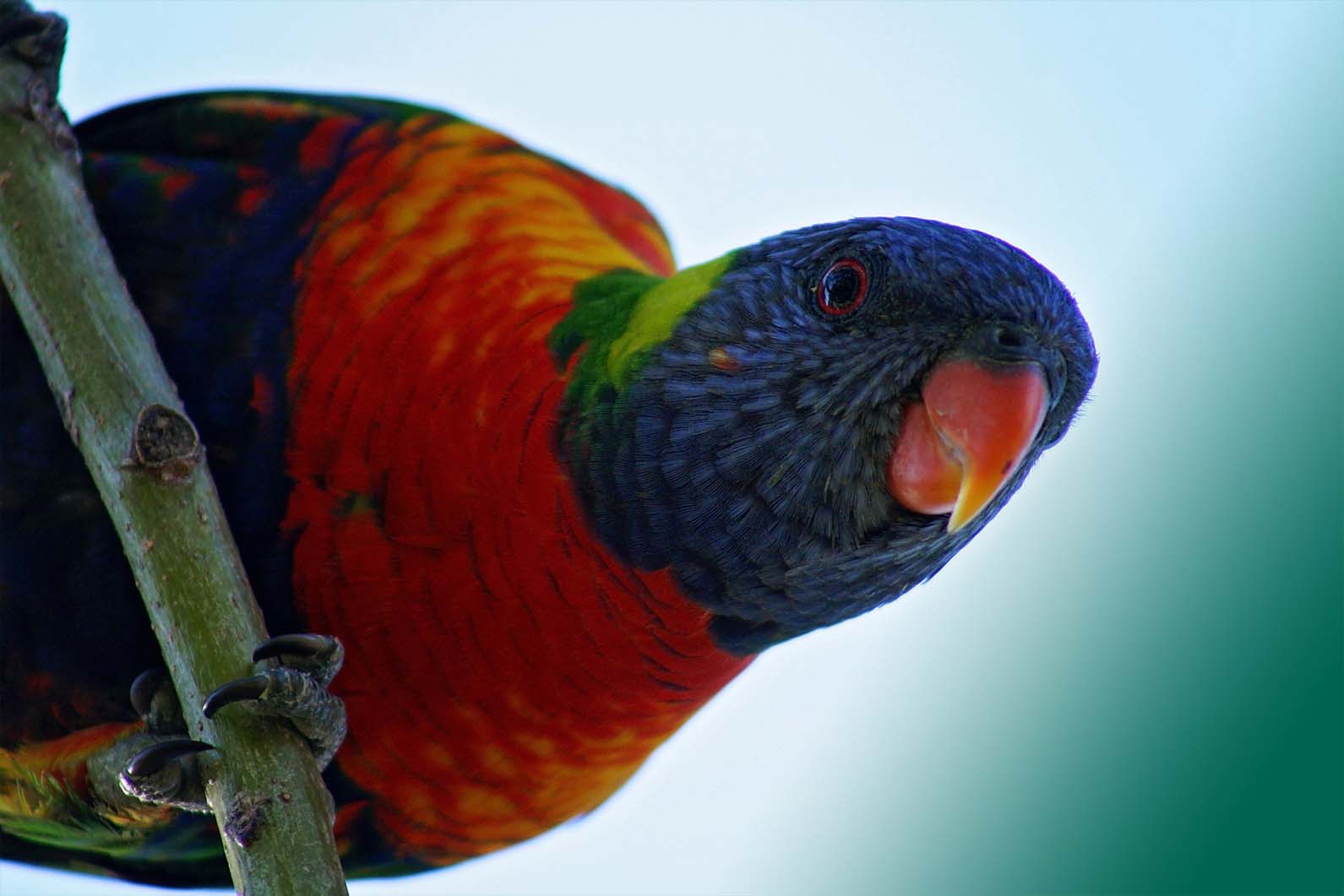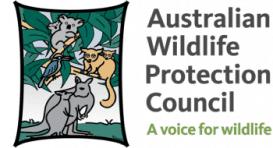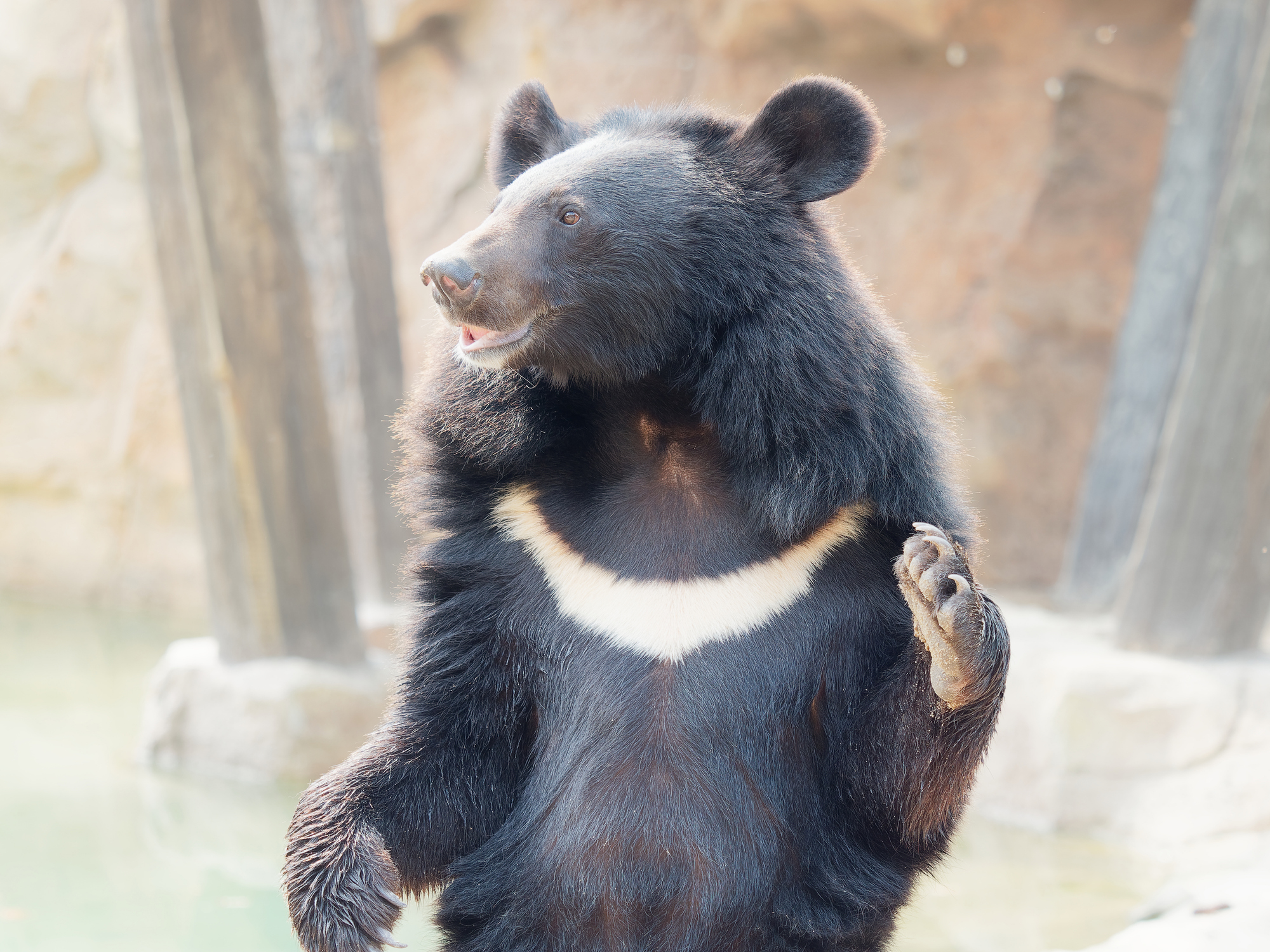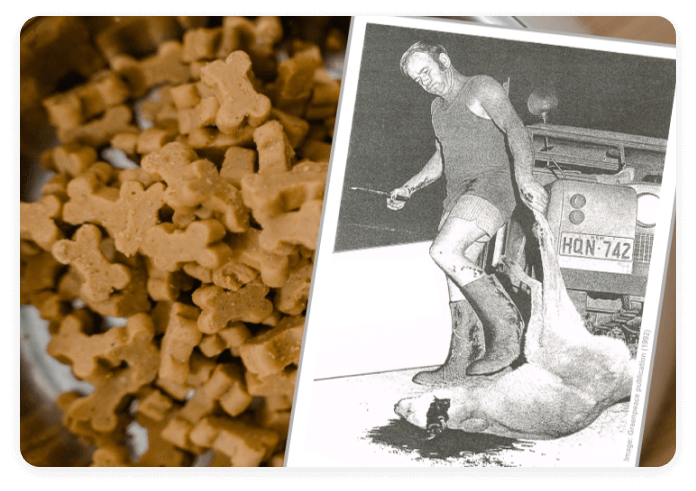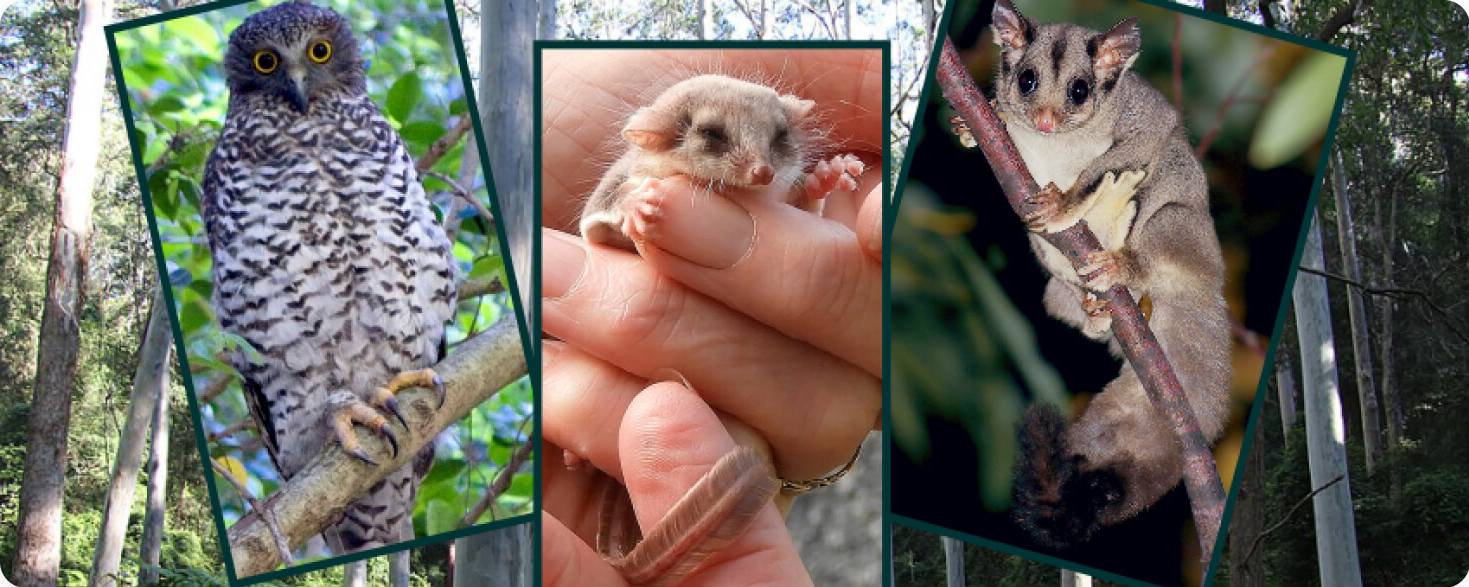Share this page Rare Wildlife Homes in the City Under Threat We start with a February 2024 update from Sydney wildlife advocate Katrina Emmett, as Mirvac’s bulldozers remove more of a forest — remnant native vegetation and precious habitat for wildlife still hanging on in the city. This is happening on the ex-IBM site at 55 Coonara Avenue West Pennant Hills now proposed for housing development. At the end of this update, is advice on how concerned citizens can still make their voices heard. An earlier report on this threat to urban wildlife, (scroll down below the update) has more detail on the species being threatened Here is their story and a call for reader action to contact Hills Shire and Hornsby Councils and ask them to abide by minimal wildlife protection standards in planning and development consents. We start with a February 2024 update from Katrina as Mirvac’s bulldozers remove more of a forest — remnant native vegetation and precious habitat for wildlife still hanging on in the city. This is happening on the ex-IBM site at 55 Coonara Avenue West Pennant Hills now proposed for housing development. At the end see how concerned citizens can still make their voices heard. The earlier story below has more detail on the species being threatened — AWPC applauds the effort.“ON THE 27TH October, there will be a State Planning Panel to review three Development Applications submitted for a precious forest in West Pennant Hills, the ex-IBM site at 55 Coonara Avenue. … many trees are part of the Critically Endangered Ecological Communities (CEEC’s) of Blue Gum High Forest and Sydney Turpentine-Ironbark ForestThere have been over 1,250 trees removed on this site so far, permitted after a 2021 Federal Referral to the Commonwealth Environment Minister concluded that removing Blue Gum High Forest in this forest was not a ‘controlled action’ (a trigger for review or stop of the developers actions) and would not contribute to the extinction of this critically endangered ecological community (CEEC). However, in September 2023, the community got some good news that after considerable community pressure, the developer lodged a second referral which outlined an area of BGHF not included in the initial referral. As a result of this second referral, the removal of Blue Gums on this site have been declared to be a ‘controlled action’ – which is sadly a little late for all those that have already been cleared. There is an opportunity in late February, early March to ensure that no more Blue Gums are impacted for the building of houses in this precious forest which many believe should never have been rezoned for residential purposes. With the high volume of clearing of tree canopy that we are seeing in our urban areas, this forest provides rare habitat for Threatened Grey-headed Flying Fox and Powerful Owls, numerous vulnerable microbats, many other species of birds, reptiles, possums, gliders and our iconic echidnas. It’s an area where the endangered Dural Land Snail thrives and where the vulnerable Southern Myotis (or ‘fishing bat’) hangs out in the waterways, hunting adjacent to the Cumberland State Forest. A map of the area that will be impacted is included below and a map showing the proposed design for housing. (The area between the yellow arrows is what locals are trying to save). Concerned citizens can help ensure that the remains of this magnificent Blue Gum High Forest are protected by contacting Tanya Plibersek, Federal Minister for Environment (Minister.Plibersek@dcceew.gov.au) Ask that the decision for Referral 2023/09508 be upheld to ensure no further impacts on the forest/ CEEC area. The provision of just a few extra houses is not a good enough reason to remove a ‘critically endangered’ forest. To add insult to injury, the developer has announced their intention to call this residential area, once completed, ‘High Forest’ which to many seems in very poor taste. Tell the minister this impact is avoidable. Community voices do make a difference and the support of AWPC members and others along with many other community & conservation groups has already ensured that an area at the southern end of this site has not been cleared for this housing project. We hope this developer will be deterred from ever trying to build on rare and endangered forests in the future. We can but hope. Blue Gum High Forest lives nowhere else on this planet except here in the Sydney region and we must protect it. These DAs are seeking approval to remove 1,877 mature trees to construct houses and apartments. The developer, Mirvac, has already removed 1,253 trees, many of them the Critically Endangered Ecological Communities (CEEC’s) of Blue Gum High Forest and Sydney Turpentine-Ironbark Forest. This photo shows what the demolition stage has done to this endangered forest. This site is home to raptors and over 40 other bird species, Sugar Gliders, Feathertail Gliders, Microbats, Eastern Pygmy Possums, echidnas, reptiles, Brushtail and Ringtail possums, as well as Powerful Owls that breed nearby in the Cumberland State Forest. This is a hotspot of biodiversity yet it’s being lost for housing. It’s heartbreaking. PICTURED ABOVE: Powerful Owl, cr Greg Sharkey (CC-SA 4.0); Feathertail Glider, cr Tony Rees (CC-SA 4.0); Sugar Glider, cr Patrick Kavanagh (CC-SA 2.0). Blue Gum Forest backdrop, cr Peter Woodard (CC-SA 4.0). Source: Wikimedia. Post-pandemic development fast-tracking, native animals bulldozed There is increasing pressure on urban forests with many developers hungry to build and with development being ‘fast-tracked’ as a result of the pandemic. Across NSW, residents are witnessing the loss of remnant forests, the last bastions of ‘green’ in our towns and the last refuges for our native animals. As a wildlife rescuer, it is particularly heartbreaking when we see the fall-out from this habitat loss … there is a direct correlation between loss of trees and animals reported to us in distress. Furthermore, what is more worrying is the lack of protection that is evidenced on development sites. They are bulldozing our wildlife yet all native wildlife in NSW is nominally protected by law.
